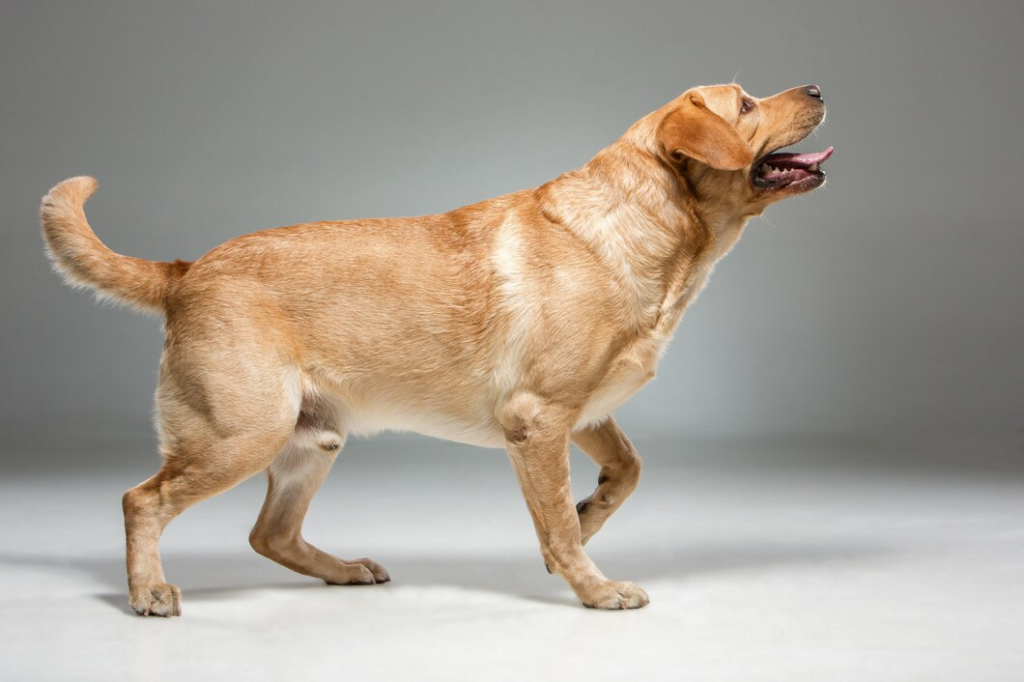
Understanding your dog’s body language is essential for building a strong bond with your furry friend. Dogs communicate primarily through body language, and being able to read their signals can help you understand their needs, emotions, and intentions. This article will guide you through various aspects of dog body language, helping you become more attuned to your dog’s feelings and behaviors.
The Importance of Dog Body Language:
Dogs are non-verbal creatures, and their body language is their primary means of communication. Understanding these signals can prevent misunderstandings and help you respond appropriately to your dog’s needs. It can also enhance your training efforts and improve your overall relationship with your dog.
Recognizing Happy and Relaxed Dogs:
When a dog is happy and relaxed, they exhibit certain tell-tale signs. A relaxed dog will have a loose, wagging tail and a calm, open mouth that might look like a smile. Their ears will be in a neutral position, and their body will appear loose and wiggly. Happy dogs may also engage in play behaviors, such as bowing with their front legs while keeping their hind end up.
Identifying Signs of Stress and Anxiety:
Stress and anxiety in dogs can manifest in various ways. Common signs include panting, pacing, drooling, and whining. A stressed dog may have a tucked tail, flattened ears, and dilated pupils. They might also avoid eye contact and exhibit behaviors such as yawning, licking their lips, or scratching themselves more than usual. Recognizing these signs can help you address the source of your dog’s stress and provide comfort.
Understanding Aggression and Defensive Behavior:
Aggression in dogs can be a sign of fear, territoriality, or frustration. An aggressive dog may show stiff, rigid posture, bared teeth, growling, and intense staring. Their fur might stand up along their back, and their tail could be stiff and raised. It’s crucial to recognize these signs early to prevent escalation and ensure everyone’s safety.
Reading Playful Behavior:
Playful dogs exhibit a range of behaviors that indicate their friendly intentions. Play bows, where a dog lowers their front legs and raises their hind end, are a clear signal of a desire to play. They may also bounce around, wag their tails energetically, and engage in mock-biting or chasing. Recognizing playful behavior can help you engage with your dog in fun and safe ways.
Decoding Submissive Signals:
Submissive dogs show behaviors that signal they are not a threat. These can include lying down, exposing their belly, avoiding eye contact, and lowering their body to the ground. Submissive dogs might also lick their lips or urinate slightly as a sign of appeasement. Understanding these signals can help you reassure your dog and build their confidence.
Observing Tail Wagging:
Tail wagging is a well-known dog behavior, but it can convey different messages depending on the context. A broad, sweeping wag usually indicates happiness and friendliness, while a slow, stiff wag might signal uncertainty or cautiousness. A tail held high and wagging can show excitement, whereas a low wag could indicate fear or submission. Pay attention to the speed, position, and movement of the tail to understand your dog’s mood.
Interpreting Ear Positions:
A dog’s ears can reveal a lot about their emotional state. Erect, forward-facing ears typically indicate curiosity or alertness, while flattened ears may signal fear or submission. Ears that are relaxed and in their natural position usually mean the dog is calm and comfortable. Observing your dog’s ear positions in various situations can give you insight into their feelings.
Analyzing Eye Contact and Expressions:
Eye contact and facial expressions are crucial components of dog body language. Direct eye contact can be a sign of dominance or a challenge, while avoiding eye contact might indicate fear or submission. Soft, blinking eyes often show relaxation and friendliness, whereas wide, staring eyes can signal anxiety or aggression. Paying attention to your dog’s eyes can help you gauge their comfort level in different environments.
Noticing Body Posture and Movement:
A dog’s overall body posture and movement can convey a wealth of information. A confident dog will stand tall with a relaxed stance, while a fearful dog might cower or try to make themselves look smaller. Rapid movements or freezing in place can indicate stress or uncertainty. By observing how your dog carries themselves, you can better understand their emotional state.
Understanding Vocalizations:
While body language is primary, dogs also use vocalizations to communicate. Barking, growling, whining, and howling each have different meanings depending on the context. A high-pitched bark can indicate excitement or a greeting, while a low growl might signal a warning. Whining often shows distress or a desire for attention. Understanding the nuances of your dog’s vocalizations can complement your interpretation of their body language.
Recognizing Context and Environment:
Interpreting dog body language accurately requires considering the context and environment. A dog’s behavior might change based on their surroundings, the presence of other animals, or their past experiences. For example, a dog might exhibit different signals at the park compared to at home. Always take into account the situational factors when reading your dog’s body language.
Conclusion:
Understanding your dog’s body language is key to fostering a healthy, happy relationship. By paying attention to their signals, you can respond appropriately to their needs and emotions. This awareness not only enhances your bond but also contributes to your dog’s overall well-being.
Final:
Enhance your connection with your furry friend by learning more about dog behavior and training techniques. Check out our Dog Training Guide for expert tips and advice on building a strong, positive relationship with your dog. Start understanding your dog’s body language today for a happier, healthier companionship!


